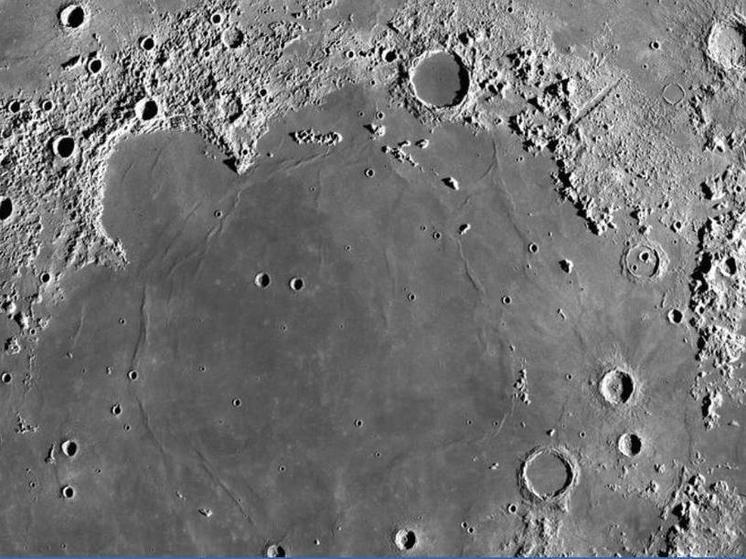Scientists have big plans for an unusual find
An underground cave found on the Moon could become an ideal base for researchers. Scientists have found evidence of a surface-accessible cave that could protect humans from harsh lunar conditions.

Researchers have discovered a vast underground cave on the Moon, accessible from the surface, making this place ideal for building a future lunar base, writes The Guardian.
The cave appears to be accessible from an open pit in the Mare Tranquillitatis, the ancient lava plain where Apollo 11 astronauts Neil Armstrong and Buzz Aldrin first walked on the Moon more than half a century ago.
Analysis of radar data collected by NASA's Lunar Reconnaissance Orbiter (LRO) revealed that the hole in the Mare Tranquility, the deepest known hole on the Moon, leads to a cave 45 meters wide and up to 80 meters long, with an area equivalent to 14 tennis courts. The cave is located approximately 150 meters below the surface of the Moon.
Lorenzo Bruzzone of the University of Trento in Italy said the cave “probably represents an empty lava tube,” adding that such features could serve as human habitats for future explorers as they provide “a natural refuge from the harsh lunar conditions.”
Lunokhods first discovered pits on the Moon more than ten years ago, notes The Guardian. Many are considered «skylights» that connect to underground caves such as lava tubes, giant underground tunnels formed by volcanic processes.
Such caves could form the basis for a lunar base or emergency lunar shelter , since the temperature inside is relatively stable, and astronauts would be naturally protected from harmful cosmic rays, solar radiation and micrometeorites.
Previous images taken by LRO showed that the floor of the Sea of Tranquility pit was strewn with boulders up to 10 meters wide. However, it was unclear whether the pit was closed or served as the entrance to an underground cave, such as a lava tube, whose roof had collapsed.
In a paper in the journal Nature Astronomy, the scientists describe how they used LRO data and computer modeling. to show that a 100 meter wide pit, surrounded by vertical or overhanging walls, leads to a sloping bottom and a cave that extends tens of meters in a westerly direction.
Researchers are interested in studying the rocks inside such caves because they likely contain information about the formation of the Moon and the history of volcanism. The caves may also contain water ice, which Bruzzone says is essential for long-term lunar missions and colonization.
At least 200 pits have been discovered on the Moon, and many of them found in lava fields may be entrances to cave-like underground lava tubes. “The main advantage of caves is that they provide access to the main structural elements of a possible human base without requiring complex construction work,” said Leonardo Carrer, first author of the study.
In preparation for the return of people to Moon space agencies are already asking how to assess the structural stability of caves and strengthen their walls and ceilings. Habitats may also require monitoring systems to warn of movement or seismic activity, as well as separate areas for astronauts to take refuge in if sections of the cave collapse.
“Lunar cave systems have been proposed as excellent locations for future crew bases, as the thick rock ceilings of the caves are ideal for protecting people and infrastructure from the wildly fluctuating day and night temperature fluctuations of the lunar surface and for blocking the high-energy radiation that washes the lunar surface,” said Catherine Joy, professor of geosciences at the University of Manchester. “However, we currently know very little about the underground structures beneath these mine entrances.”
Robert Wagner, a researcher at Arizona State University, said one of the biggest challenges will be access. “To get into this hole you have to descend 125 meters before you reach the bottom, and the edge is a steep slope of loose debris where any movement can cause small avalanches that fall on those below,” he said . “Of course, you can move in and out, but this will require a significant amount of infrastructure.”























































Свежие комментарии